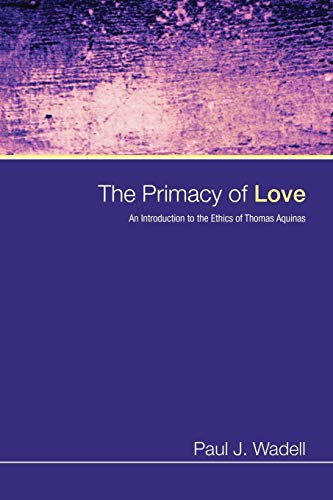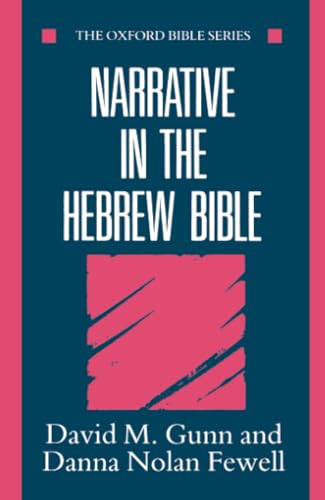The Pastoral Epistles. A Commentary on the Greek Text (The New International Greek Testament Commentary)
Written by George W. Knight III Reviewed By Paul EllingworthThis is a practical commentary on a group of essentially practical letters. The author starts from the presupposition that ‘the building block of understanding is the word and its meaning’, though ‘the statement itself is the building that we are seeking to understand by entering into its meaning’ (p. xiii). The commentary accordingly gives basic lexical information on each significant word, together with grammatical outlines where appropriate, and generally concise introductions to verses and sections.
There is no attempt at systematic discourse analysis, though the author offers helpful comments on the structure of particular passages. For example, 1 Tim. 3:16 is seen as three contrasting couplets; the exhortations to teach, notably in 1 Tim. 4:11; 6:2b; 2 Tim. 2:14 and Tit. 2:15 are consistently understood to refer back to previous teaching, whereas the UBS and Nestle-Aland texts mostly take the opposite view; otherwise, Knight usually follows the divisions in the UBS text. Similar structural questions arise in the identification of the ‘faithful sayings’, on which Knight has written a notable monograph.
Knight is equally careful both in presenting the various sides of an argument, and in indicating his own position. This is shown to particularly good effect in the long introductory chapter on authorship (pp. 21–52). He comes down unhesitatingly in favour of Paul as the author, but the objections to this view are stated so fairly that the reader can still believe, if he so wishes, that the debate is not yet over. Similarly, on well-known cruxes such as 1 Tim. 2:15 (‘saved by childbearing’) and 6:14 (hê entolê), all the options are faithfully recorded and assessed.
Knight does not venture much into the sociological background of the epistles; in this and other respects Jerome D. Quinn’s recent article, ‘Timothy and Titus, Epistles to’, in The Anchor Bible Commentary (Vol. VI, pp. 560–571) is a useful complement. Nor does Knight discuss in any detail the extent to which the structure of first-century churches, including for example the position of women within them, may, can or should be transferred to the late 20th century.
Since the commentary is based on the Greek text, it is not bound to any particular English translation, though a copyright acknowledgment is made to the New American Standard Bible, and this is usually the first version cited. (The commentary unfortunately entered the publishing pipeline before the appearance in 1989 of the Revised English Bible and the New Revised Standard Bible.) The language of the commentary is however somewhat more inclusive than that of nasb: at 1 Tim. 2:3, pantas anthrôpous is correctly translated ‘all people’ rather than nasb’s ‘all men’; similarly at 5:24, where however nasb’s male-oriented rendering is quoted without comment.
Textual notes seldom go much further than reproducing the evidence in standard editions and in Metzger’s Textual Commentary on the Greek New Testament; sometimes, for example on 1 Tim. 2:7 and 6:21, the reader is simply referred to these works.
In summary, then, this is a commentary which, on the one hand, is not intended to revolutionize the study of the Pastorals, and will not do so; on the other hand, it will seldom mislead, seldom confuse, and seldom leave a question, once posed, unanswered.
Paul Ellingworth
University of Aberdeen







